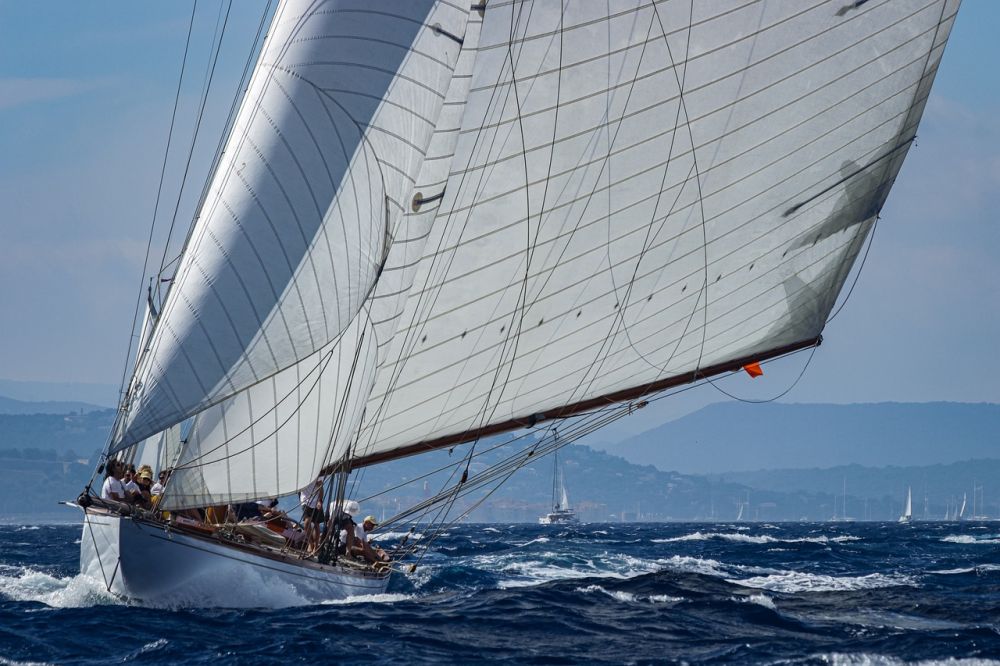Triathlon Distances: A Comprehensive Guide to the Different Types

Introduction
Triathlon, a multi-sport endurance event, has gained immense popularity over the years. It combines swimming, cycling, and running into one challenging race. Triathlon distances vary, catering to athletes of different abilities and fitness levels. In this article, we will provide an in-depth overview of the various triathlon distances, including their characteristics, popularity levels, and historical context. By the end, you’ll have a thorough understanding of the different triathlon distances and their unique features.
I. Overview of Triathlon Distances

Triathlon distances are categorized based on the length of each discipline involved. The most common triathlon distances include Sprint, Olympic, Half Ironman, and Ironman. Each distance offers a distinct challenge and attracts different types of athletes.
II. Types of Triathlon Distances and Their Characteristics
1. Sprint
Triathlon
– The shortest distance among triathlons, typically consisting of a 750-meter swim, 20-kilometer bike ride, and 5-kilometer run.
– Perfect for beginners or those looking for a fast-paced, intense race.
– Often favored by individuals who excel in one specific discipline or have limited time for training.
2. Olympic
Triathlon
– Commonly known as the standard distance triathlon, comprising a 1.5-kilometer swim, 40-kilometer bike ride, and 10-kilometer run.
– Frequently seen in international competitions, including the Olympic Games.
– Strikes a balance between speed and endurance, attracting a wide range of participants.
3. Half Ironman
Triathlon
– Also referred to as the 70.3 triathlon, featuring a 1.9-kilometer swim, 90-kilometer bike ride, and 21.1-kilometer run.
– A significant step up from the Olympic distance, requiring more endurance and training.
– Popular among experienced athletes aiming to challenge themselves before attempting a full Ironman.
4. Ironman
Triathlon
– The pinnacle of triathlon achievement, consisting of a 3.86-kilometer swim, 180.25-kilometer bike ride, and 42.2-kilometer run.
– Known for its grueling nature and intense physical and mental demands.
– Completing an Ironman is a prestigious accomplishment for triathletes worldwide.
III. Quantitative Measurements of Triathlon Distances
To better understand the differences between triathlon distances, let’s delve into some quantitative measurements:
1. Swim Distances
– Sprint: 750 meters
– Olympic: 1.5 kilometers
– Half Ironman: 1.9 kilometers
– Ironman: 3.86 kilometers
2. Bike Ride Distances
– Sprint: 20 kilometers
– Olympic: 40 kilometers
– Half Ironman: 90 kilometers
– Ironman: 180.25 kilometers
3. Run Distances
– Sprint: 5 kilometers
– Olympic: 10 kilometers
– Half Ironman: 21.1 kilometers
– Ironman: 42.2 kilometers
IV. How Triathlon Distances Differ from Each Other
Each triathlon distance poses unique challenges, requiring athletes to adapt their training and racing strategies accordingly:
1. Time Commitment
– Sprint: Shorter training duration due to the race’s brief nature.
– Olympic: Moderate training duration, balancing speed and endurance.
– Half Ironman: Longer training duration, building more endurance and stamina.
– Ironman: Extensive training duration, focusing on mental fortitude and long-distance preparation.
2. Intensity Levels
– Sprint: High-intensity bursts, demanding quick transitions between disciplines.
– Olympic: Balanced intensity, combining speed and endurance.
– Half Ironman: Controlled intensity, pacing oneself for the longer race duration.
– Ironman: Moderate intensity, conserving energy for an endurance test.
3. Physical and Mental Demands
– Sprint: Requires a blend of speed, agility, and mental focus.
– Olympic: Tests aerobic capacity and mental resilience.
– Half Ironman: Challenges endurance, mental toughness, and nutrition strategies.
– Ironman: Pushes athletes to their limits physically, mentally, and emotionally.
V. Historical Context: Pros and Cons of Different Triathlon Distances
Over the years, triathlon distances have evolved, catering to the ever-growing population of triathletes. Let’s explore the historical advantages and disadvantages of each distance:
1. Sprint
– Advantages: Less time commitment, ideal for beginners, opportunity for speed specialists.
– Disadvantages: Limited endurance training, less prestige compared to longer distances.
2. Olympic
– Advantages: Recognized as the standard distance, offers a well-rounded challenge.
– Disadvantages: May not satisfy endurance enthusiasts, lacks the ultimate test of an Ironman.
3. Half Ironman
– Advantages: Bridges the gap between Olympic and Ironman, requires increased endurance.
– Disadvantages: Requires significant time commitment, still not as prestigious as Ironman.
4. Ironman
– Advantages: Ultimate endurance challenge, iconic status, personal triumph.
– Disadvantages: Intense training demands, risk of overtraining, limited accessibility for some athletes.
Conclusion
Triathlon offers a wide range of distances to accommodate varying levels of fitness, skill, and ambition. From the short and intense sprints to the massive undertaking of an Ironman, each distance presents its unique set of challenges and opportunities. Understanding the characteristics, measurements, and historical context of triathlon distances will help athletes choose their desired goals and tailor their training accordingly. Whether aiming for a fast-paced sprint or the ultimate endurance test, triathlon provides a journey of self-discovery, personal growth, and athletic achievement.





